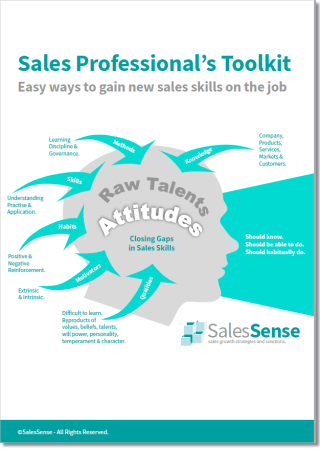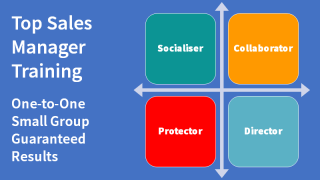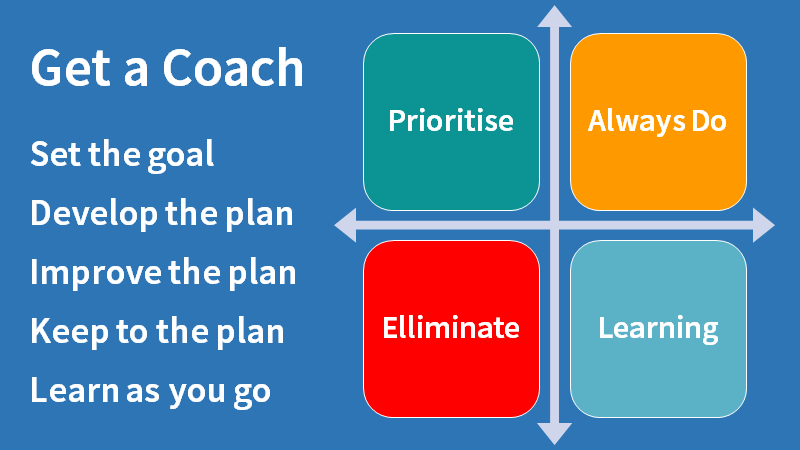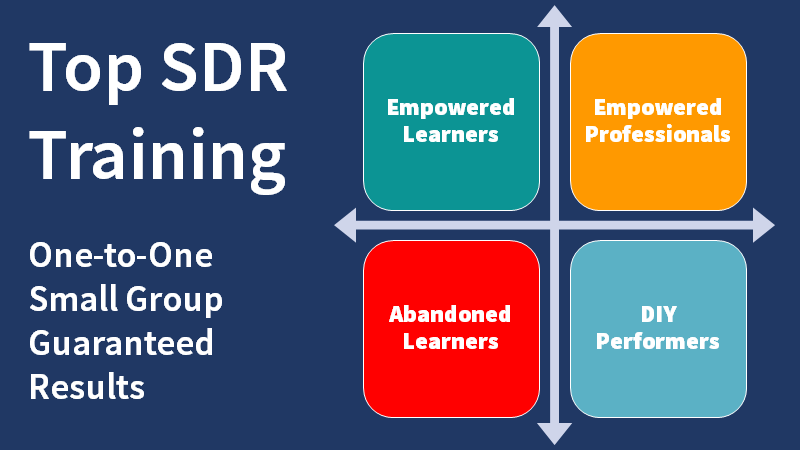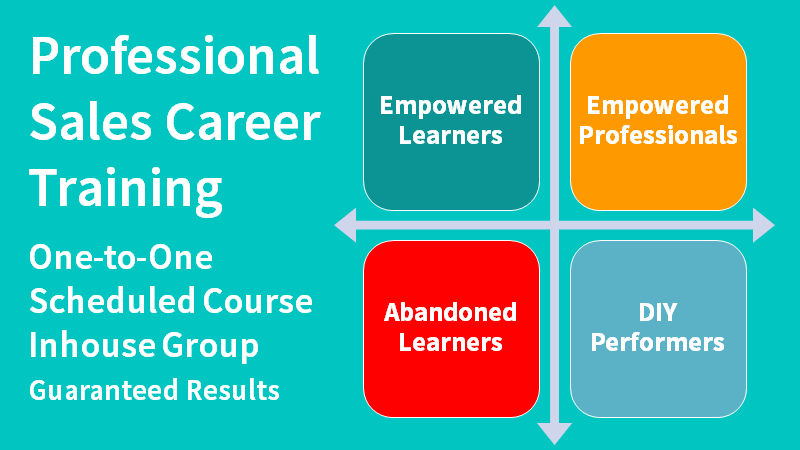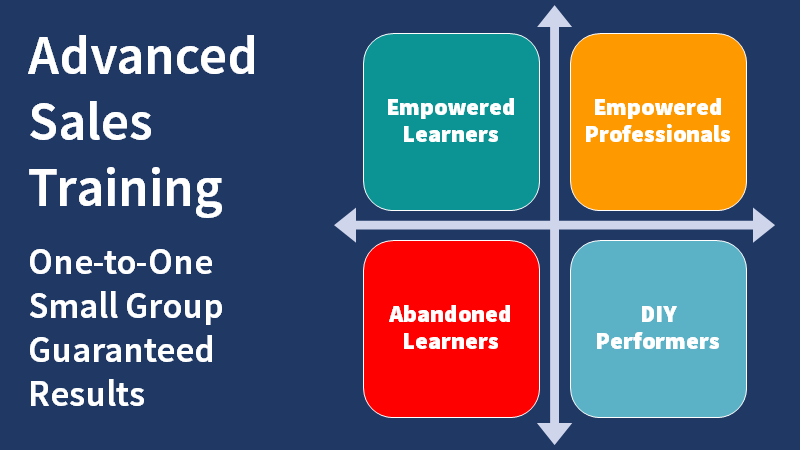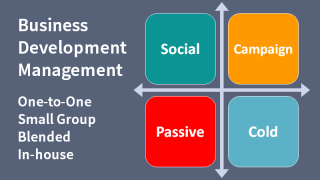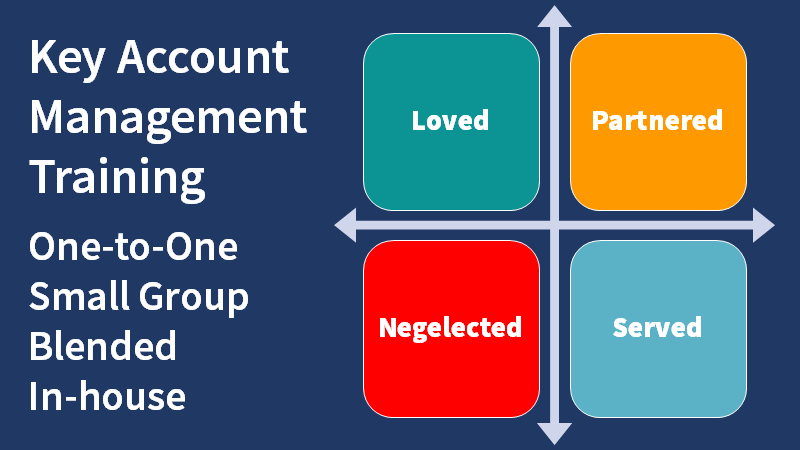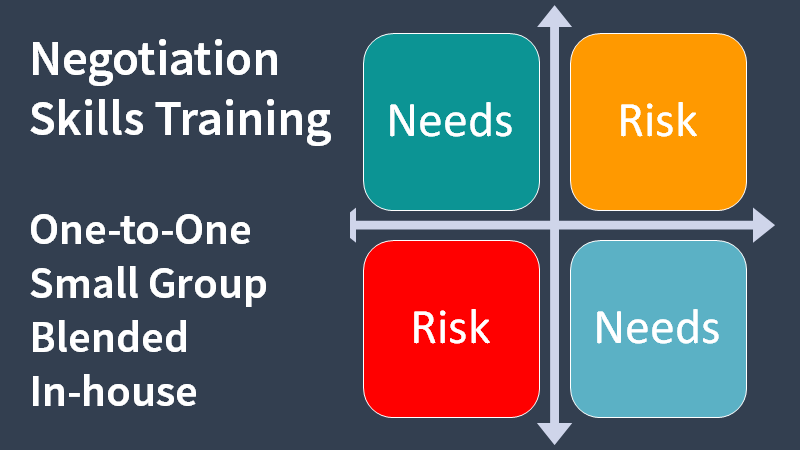Accelerated learning techniques for increased reading speed and comprehension.

Use the OPIR speed reading method to churn through business material and sales books without missing important information. Keeping up with rapidly evolving sales knowledge and product information demands continuous effort from salespeople. Accelerated learning techniques make a difference.
What is OPIR speed reading?
OPIR stands for Overview, Preview, Inview, and Review. Follow the instructions below to absorb nonfiction material, faster and with greater comprehension.
Overview
Read the front and back covers. Look at the flaps inside each cover. Read the table of contents to understand the structure and main themes. Look for subjects and headings that are of special interest to you.
Read Chapter Summaries. Many nonfiction books have summaries at the end of each chapter. These provide a high-level view of the key points.
Look at Headings, Subheadings, and Bold Text: This gives you an idea of the key topics and concepts before diving into the details.
Use a highlighter to mark out anything that seems important.
This should take no more than 5 to 10 minutes.
Next turn the pages quickly, about 30 to 40 a minute. Get a feel for the way the document is structured. Read a paragraph here and there to get a sense of the style. This should take no more than another 5 to 10 minutes even for a substantial book.
This is a speed-reading technique that requires no effort. Just pay attention to things that catch your eye. Mark anything that tempts you to linger.
At this point, you can decide if the book or document is worth reading. To do this, write down why it is worth your time. If you can't think of any good reasons for reading the book, don't read it.
If nothing has inspired you, discard the thing. Throw it away, put it on a shelf, or give it away. You will never read it.
Do you listen rather than read? If so, use these Preview suggestions on any accompanying PDF or reviews before you begin listening. Search online for summaries if there are no accompanying documents.
You may also be able to skip ahead to end-of-chapter summaries.
Use your audio recorder to make notes if it is not practical to write things down or highlight passages.
Preview
Turn the pages again one at a time. Stop and read an occasional sentence or paragraph. If it helps to have some structure, read the first sentence or paragraph of each chapter. Read any questions or summaries at the end of each chapter. Seek a better sense of what you will learn when you read more.
Use a highlighter to mark out sections that you want to spend more time on. This is easy to do with a digital book. Most digital book readers like Kindle have tools for highlighting, bookmarking, and adding notes.
Limit this phase to ten minutes. Giving yourself a limited time to do this is important. It will increase reading speed and comprehension.
If listening, experiment with the pace controls. Play the audio as fast as you can while still understanding the words. Have your audio recorder open so that you can pause listening and record audio notes.
In-view
Return to the parts that you are interested in and skim the relevant material.
Read each paragraph quickly. Drag your hand or finger down the page to keep your eye moving (another speed reading skill). Slow down for anything particularly interesting to you. Use a coloured pen or highlighter to mark useful passages. Make notes in the margins. Dog ear corners or colour page edges for information that you might want to access quickly.
Similarly, if you are reading a digital book, learn to use the built-in tools to highlight, bookmark, or pose questions.
If you are listening to the book, use your notes, written, digital, or audio, to guide you. Speed up the player to skim.
You should find it relatively easy to cover the good parts of a substantial tome in half an hour.
Review
Review what you have learnt. Return to the pages you have marked. Read your notes and review what you have highlighted. Listen to any audio notes. Make a separate aid memoir of what you have learned.
Mind maps are a useful visual way to create your learning record. Google ‘Mind Maps’ if you haven't come across the term or want to know more.
Finally, note how you plan to use the learning and schedule any relevant actions in your 'To Do' list or calendar.
Using the OPIR accelerated learning techniques should enable you to absorb a substantial document in an hour or so. The more you use it, the faster you will increase reading speed and comprehension.
This will save you several hours for every business book or product manual you read. What is more, OPIR will double or triple retention.
If you are looking for accelerated learning techniques or speed reading tips to expand sales knowledge and product understanding, the OPIR method offers an instantly effective solution. Anyone can develop speed reading skills by following the method described above.
Article by Clive Miller
If you need to develop sales skills and knowledge quickly, we can help. Telephone +44 (0)1392 851500 for more information. We will be pleased to learn about your needs or discuss some options. Email to custserv@salessense.co.uk or use the contact form here.


